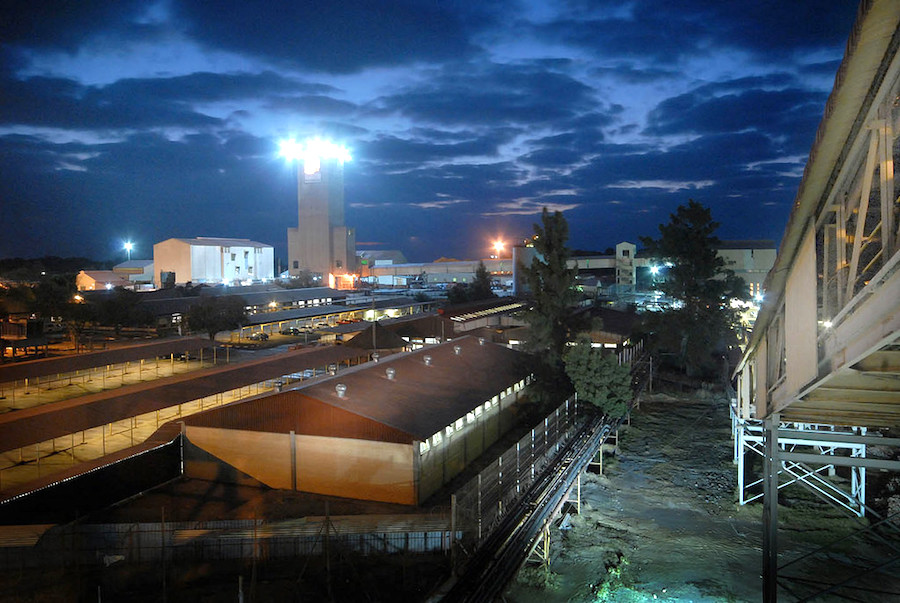
* Sibanye in talks to cut almost 6,000 jobs
* Plans to restructure struggling gold operations
* Shares up, outpacing mining index (Adds mines minister, analyst comment, shares, background)
Sibanye-Stillwater could cut nearly 6,000 jobs in a potential restructuring of the company’s gold mining operations following losses at some of its mines last year.
The precious metal miner said it had entered into talks with stakeholders on restructuring its gold operations following financial losses at the Beatrix 1 and Driefontein 2,6,7,8 shafts during 2018, which could affect around 5,870 employees and 800 contractors.
The company, which has both gold and platinum mines in South Africa, employs more than 61,000 people in its local operations.
“Our best attempts to address the ongoing losses at these operations have however been unsuccessful and sustaining these losses may threaten the viability of our other operations,” Chief Executive Neal Froneman said in a statement.
Sibanye-Stillwater’s potential cutbacks are the latest in a round of job losses in the country’s mining industry.
Sibanye said above inflation cost increases, including labour and electricity, over the years and large mining areas had contributed to the erosion of operating margins.
“The mining areas are getting further and further away and more scattered so you are operating on a bigger and bigger footprint but producing less volume of gold so that all impacts on the profitability,” Sibanye spokesman James Wellsted said.
Gold producers in South Africa have had their profits squeezed by rising costs, labour unrest and declining grades.
But job cuts are politically sensitive in South Africa, where the unemployment rate is more than 27 percent, and especially ahead of national elections this year.
Mines minister Gwede Mantashe issued a statement noting the company’s decision. “Minister Mantashe urges stakeholders to engage in good faith to save jobs.”
The Association of Mineworkers and Construction Union (AMCU), the largest union at Sibanye’s gold operations which employs about 37,000 people, could not immediately be reached for comment.
Sibanye-Stillwater’s potential cutbacks are the latest in a round of job losses in the country’s mining industry.
Gold Fields said last year it planned to cut costs and 1,100 jobs at its South Deep mine and Impala Platinum said it planned to cut its workforce by a third over two years.
Sibanye said last month that its 2018 bullion production would miss forecasts and come in at 1.1 million ounces, even after the company implemented plans to curb losses following a strike.
A number of miners died at Sibanye’s South African mines last year, including seven who were killed in May after an earthquake caused a cave-in.
“Obviously issues like the safety instances and the strike does add to the financial pressure,” Wellsted said, adding that these were not the main cause for the operation’s troubles.
Sibanye’s shares rose 3.61 percent to 14.94 rand by 1335 GMT, outpacing the mining index which was up 1.6 percent, boosted the prospect that restructuring could improve its gold operations performance.
“A lot of the gold mines within Sibanye’s business aren’t profitable at this current level so they need to be in a position to contain costs and be able to improve their top line,” said Paul Chakaduka, trader at Global Trader.
($1 = 0.7808 pounds)
(By Tanisha Heiberg; Editing by Edmund Blair/Emelia Sithole-Matarise/Jane Merriman)